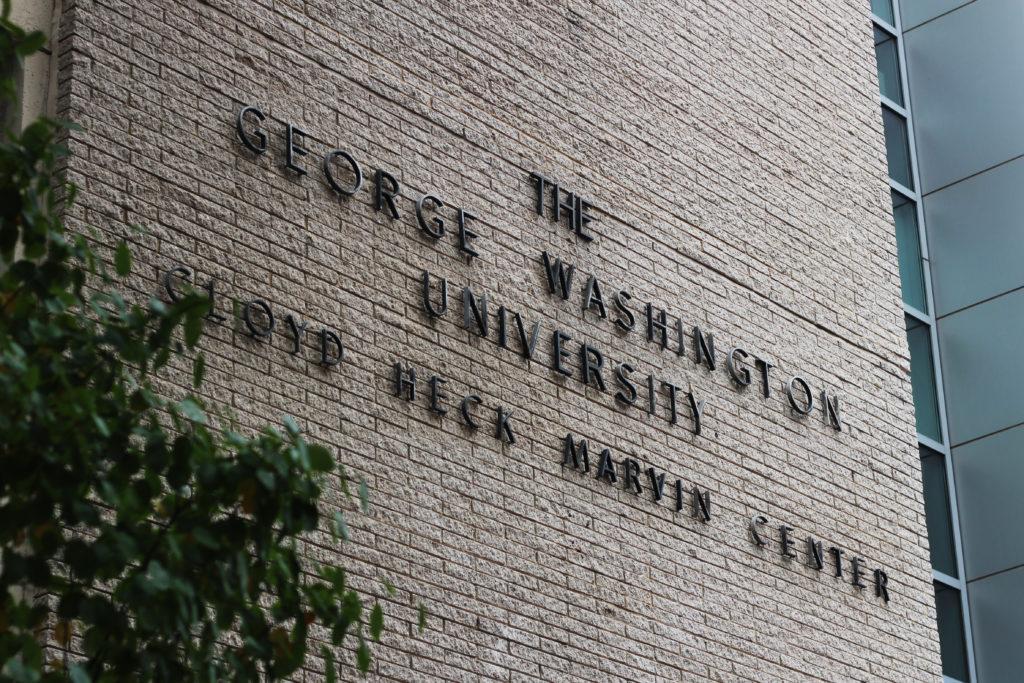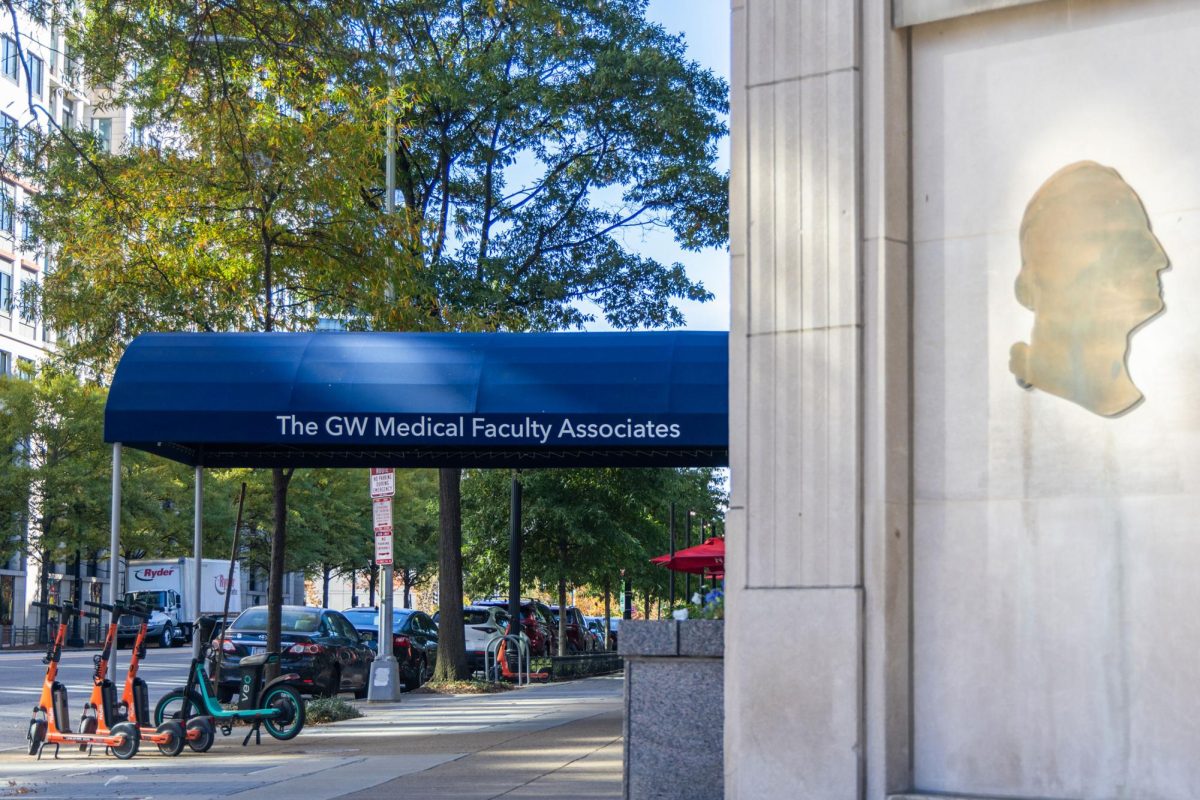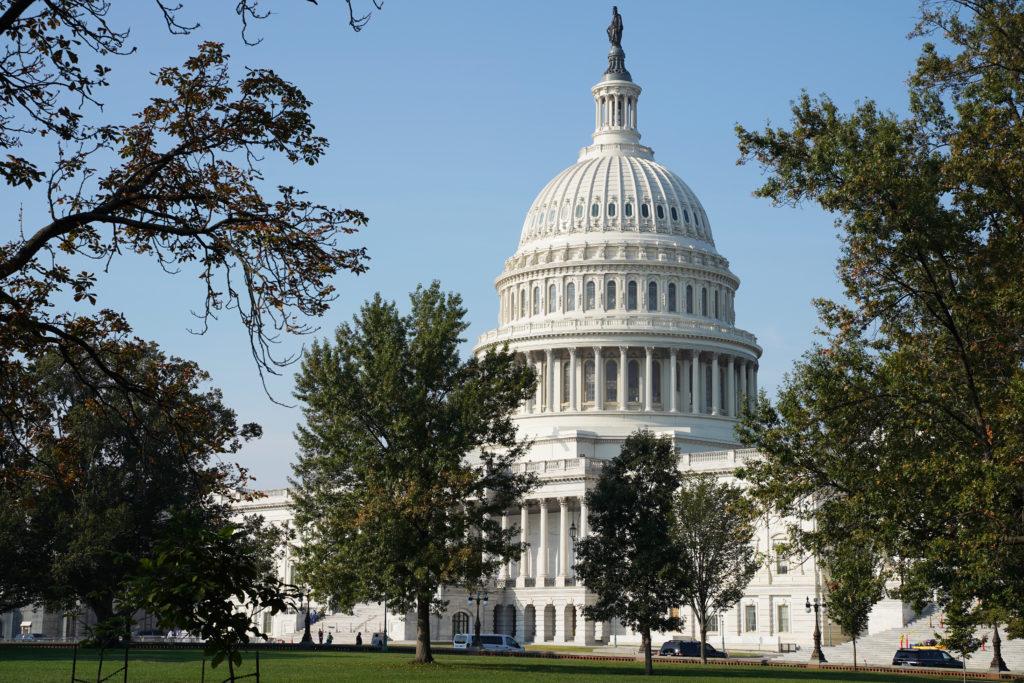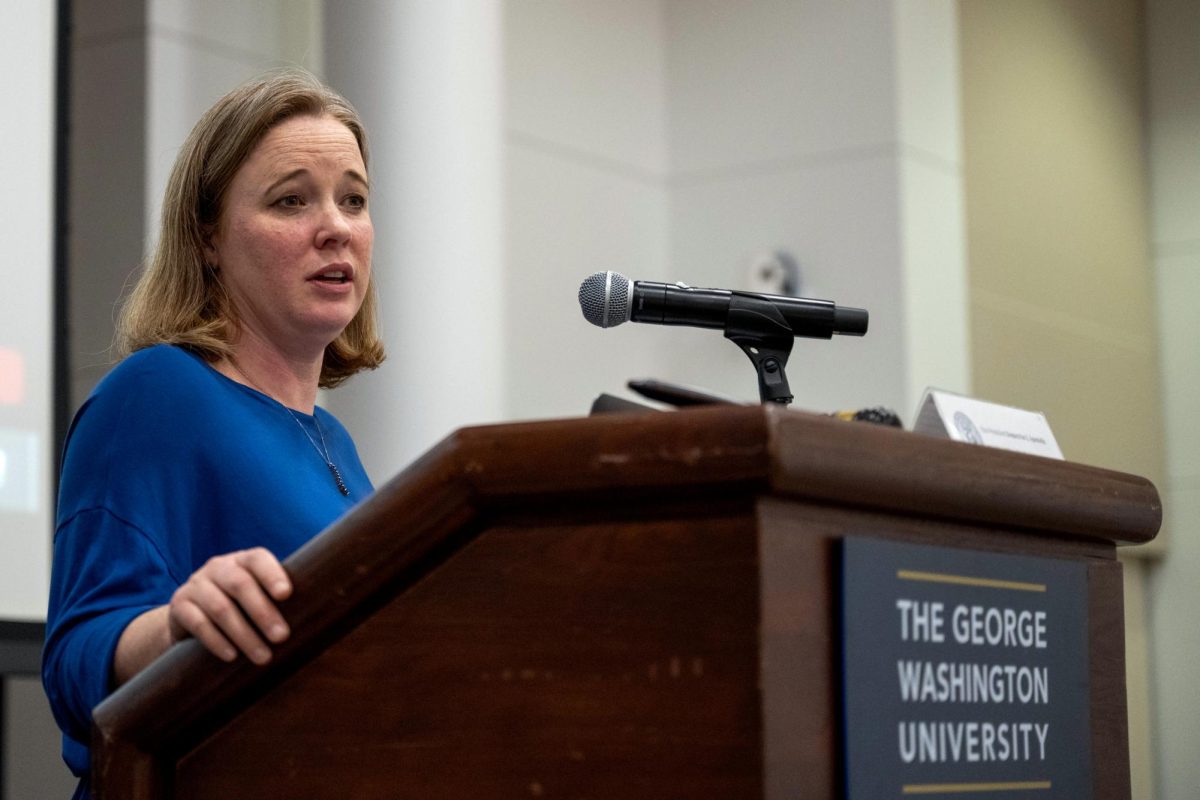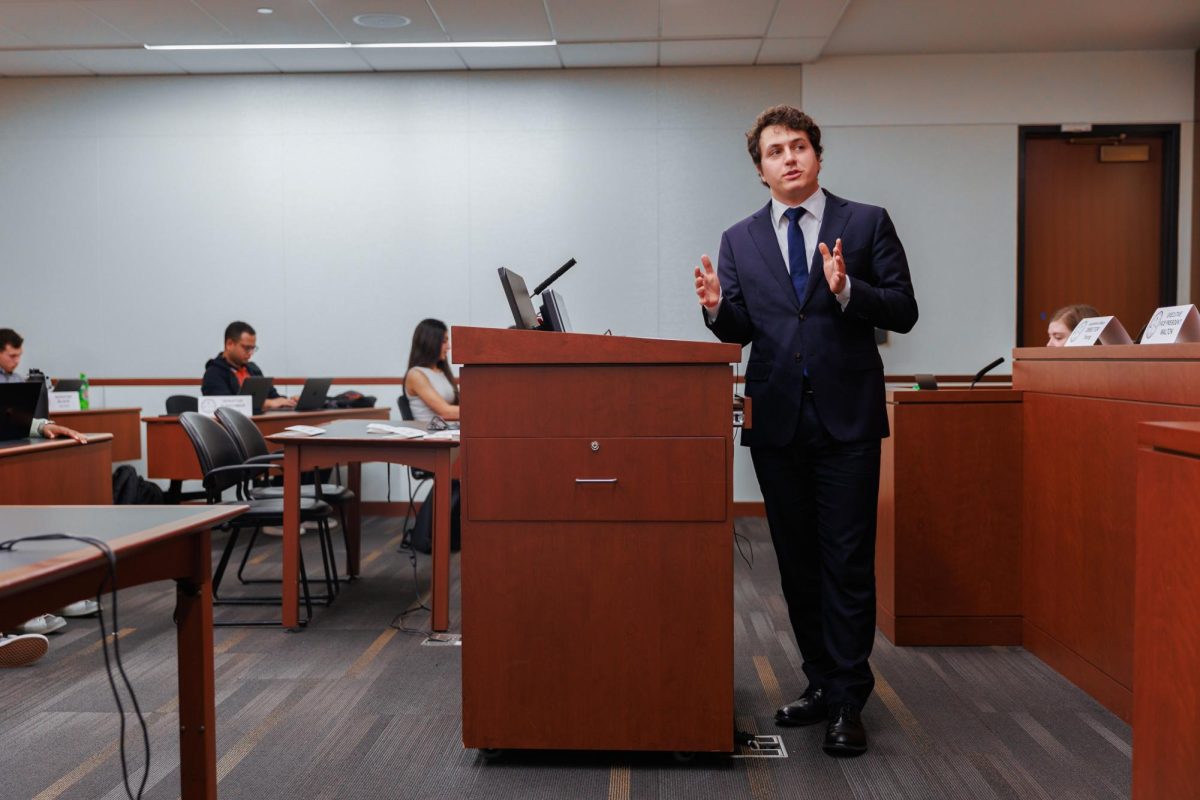In February 1935, members of the Knights of the Ku Klux Klan issued a letter to then-University President Cloyd Heck Marvin, thanking him for refusing admission to civil rights activist David Carliner.
Marvin returned his own letter to the KKK, thanking them for their message and citing the need to free the University “from propaganda of all types.” Marvin’s brief exchange with the KKK is documented through one of several historical materials the Special Committee on the Marvin Center Name shared with the GW community earlier this month as officials consider renaming the student hub.
“The University likes to focus on the good, like increasing the endowments and doubling the size of the student body and tripling the size of the faculty. That’s what they talk about, but that had a dark side to it.”
The documents help illustrate the longest-serving GW president’s segregationist policies that prevented Black students from enrolling at the University until 1954. Special committee members are reviewing the materials, which include Hatchet articles, Cherry Tree yearbook pages and archival documents that recount Marvin’s life and leadership, from the segregation of Lisner Auditorium in the mid-1900s to student activism against the Marvin Center name in the early 1970s.
University spokesperson Crystal Nosal said committee members have not yet decided on a recommendation regarding the Marvin Center name, but they will update the page of materials as their work progresses. She said officials decided to release the materials after attendees of a recent town hall meeting asked for more information to be released about Marvin, and administrators are accepting feedback on committees examining the building’s namesake on the Office of the President’s website.
“This supports transparency into the committee’s work and does not indicate the committee has reached a recommendation about the renaming request,” she said in an email.
Administrators established two special committees in July to investigate the Marvin Center name and the Colonials moniker, weeks after the Board of Trustees approved a framework to consider renaming requests from GW community members. Law professor Roger Fairfax chairs the committee, which also includes pairs of faculty, staff, students, alumni and advisers.
Fairfax said committee members have been meeting multiple times per week to review the materials and discuss considerations for renaming.
“I want to express my gratitude to the GW community for continuing to share their thoughts about this process,” he said in an email.
Efforts to rename buildings like the Marvin Center date back to the building’s dedication decades ago. Members of the Student Association revived the charge in 2017 and again in fall 2018, forming task forces to research the history of several building names on campus. Most recently, five student organizations launched a petition calling for several on-campus locations to be renamed because of their namesakes’ ties to racism.
University President Thomas LeBlanc is currently reviewing requests to rename Fulbright, Madison and Francis Scott Key Halls halls, the Churchill Center and the Monroe School of Government.
Alumnus Andrew Novak, who published a biography about Marvin during his senior year in 2004, received his own subheading of historical materials on the committee’s website. Novak’s research details several decades of Marvin’s “controlling” relationships with faculty and students, citing several instances of racism, anti-Semitism and censorship.
As Marvin helped the University generate success in faculty, students and finances, Novak said he also silenced leftist and anti-University sentiment on campus.
Novak said Marvin fired The Hatchet’s editorial board three times when it was editorially dependent on the University, viewing the paper as a “communist mouthpiece,” and he forbade student chapters from affiliating with national groups except for those traditionally with conservative values, like Greek, religious and military organizations.
One of Novak’s articles about Marvin’s leadership states the then-president threatened to kick GW Hillel off campus, which the Jewish Telegraphic Agency reported as part of a plot to rid the school of Jewish students in 1950 after members voiced support for racial desegregation.
“The University likes to focus on the good, like increasing the endowments and doubling the size of the student body and tripling the size of the faculty,” Novak said. “That’s what they talk about, but that had a dark side to it. And that’s what my research explores.”
Novak said controversy surrounding the Marvin Center dates back to 1970, when students “seized” the University Center for three days during one of the largest protests in University history.
On the same day as the Kent State shootings, during which four anti-Vietnam War student protesters were shot and killed by Ohio National Guardsmen, students rushed the building and renamed it the Kent State Memorial Center. Demonstrators aimed to condemn the shootings, the oppression of Black people and administrators’ complicity in the war.
When administrators dedicated the student center to Marvin in 1971 through a $1 million grant from Marvin’s wife, Dorothy Betts, students walked out of the ceremony with raised fists – one shouting, “It’s the Kent State Center, and you know it!”
“In the University’s social progression to being a more open and accessible University, renaming this building the Marvin Center turned that dial back, and I think that renaming it back to the Kent State Student Center would return the dial forward,” Novak said.
Richard Polman, a 1974 alumnus and former Hatchet reporter whose article on the 1971 dedication ceremony is included in the committee’s materials, said despite students’ activism to name the center after the Kent State shootings, the University’s dedication to Marvin prompted a “culture clash” between students and administrators.
“What I wrote at the time just feels like maybe one of the first pops of smoke, and now we have the conflagration,” he said. “And what I mean by that is that now we’re getting the long overdue re-examination of what it means to name that building.”
Faculty Association President Erin Chapman, an associate professor of history, said she realized Marvin’s “totalitarian” leadership to be “even worse” than she imagined before reading the historical materials the committee released. Chapman said she, alongside several faculty members who are “astounded and horrified” at Marvin’s honored legacy, supports renaming the Marvin Center and “interrogating” the way in which the University accounts for all members of its community.
“Naming the student center after somebody who was a segregationist and a racist and anti-Semitic I think sends a really strong message that the University is either supportive of those kinds of political positions – segregation, racism, anti-Semitism, et cetera – or that it doesn’t care whether it’s perceived that way,” she said.
Abigail Osborne contributed reporting.


